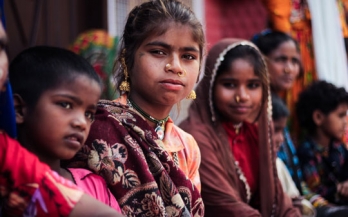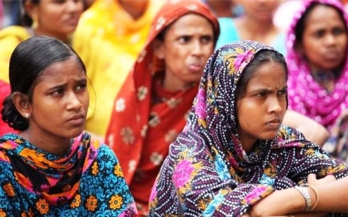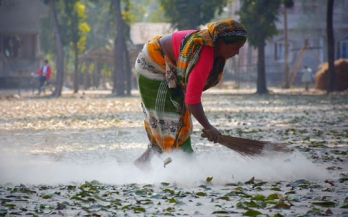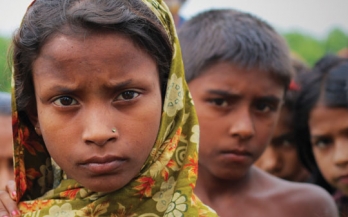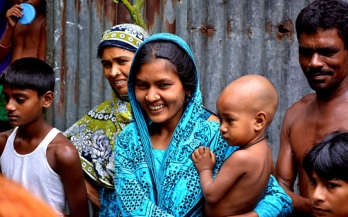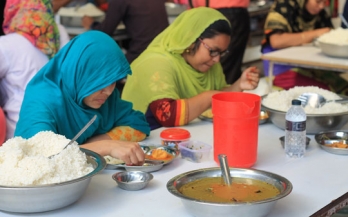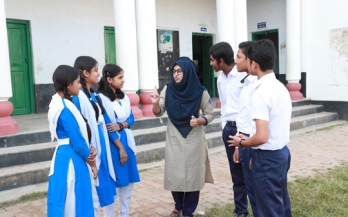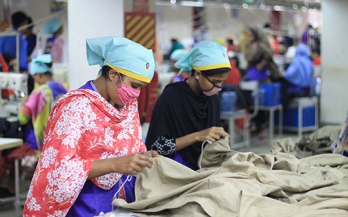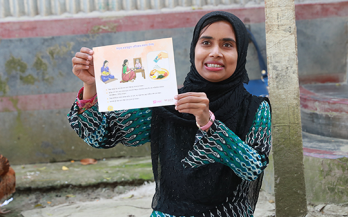- 10/09/2017
The aim of this consumer information study was to provide context-specific information that can guide the development of behaviour change interventions aimed to promote improved eating behaviour of adolescent girls in Bangladesh.
- 25/06/2018
Bangladeshi adolescents are in the midst of several modes of expansion outside their context such as from closely enmeshed family networks to broader collectives. This report covers an assessment on understanding human motivations among Bangladeshi adolescents.
- 01/03/2013
Although Bangladesh has made important progress over the last two decades in the area of undernutrition, micronutrient malnutrition still poses a significant public health threat. To increase coverage in hard to reach areas and provide a more regularised supply of vitamin A to the general population, the Government of Bangladesh endorsed a national programme to fortify edible oil with vitamin A.
- 03/06/2019
Eight in ten female readymade garment (RMG) workers in Bangladesh suffer from anemia, a condition which damages both health and productivity. This study evaluated the effectiveness of a workplace nutrition program on anemia reduction in female RMG workers of Bangladesh.
- 13/05/2019
In Bangladesh, high rates of undernutrition persist among adolescent females living in low‐income households. Qualitative research was carried out to examine individual, social, and environmental factors influencing eating behaviors of female adolescents between 15‐19 years of age living in low‐income families in urban and rural settings in Bangladesh.
- 01/10/2015
This situation analysis report presents an overview of the current practices in food and day-care-service provision in 15 ready-made garment factories in Bangladesh. It is part of the operational research for the project, "Improving Nutrition of Female Garment Industry Workers and Their Children in Bangladesh.
- 01/09/2016
Given the widespread deficiency of zinc in Bangladesh, and the lack of national prevention programs, this study focused specifically on increasing the zinc content of the rice grain. The findings from this report suggest that there is a portfolio of options that can and should be considered as part of an agriculture-nutrition strategy in Bangladesh.
- 02/05/2019
In this paper, we used national prevalence estimates among girls and young women 10–22 y of age from the 2014 State of Food Security and Nutrition in Bangladesh report as an example to demonstrate that determining the true prevalence of undernutrition, overweight, and obesity is complicated by racial/ethnic variation across populations in timing of the adolescent growth spurt, growth potential, and body build.
- 14/11/2017
The garment industry has contributed significantly to the economic growth of Bangladesh over the past decades accounting for 82% of the country’s USD 31.2 billion export industry. The garment sector employs directly approximately 4.4 million people, and indirectly 20 million people.
- 01/04/2015
Little is known about how different delivery platforms can be used to reach nutritionally at risk populations with micronutrient powders. This study examined impact, on anemia and iron deficiency, of the sale of micronutrient powders.
